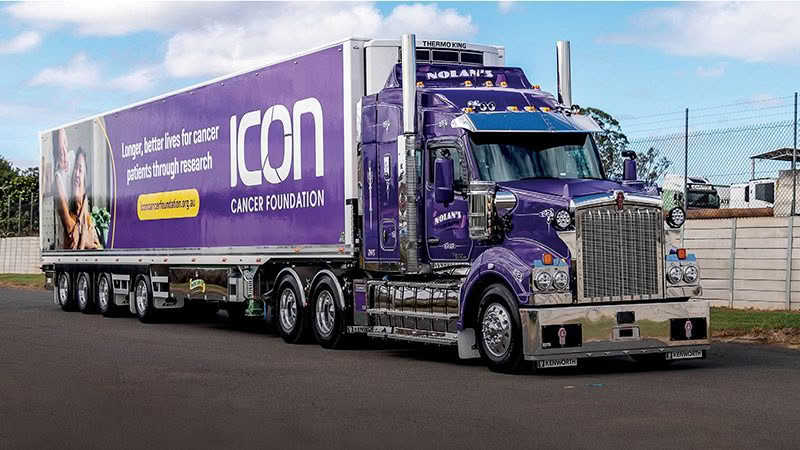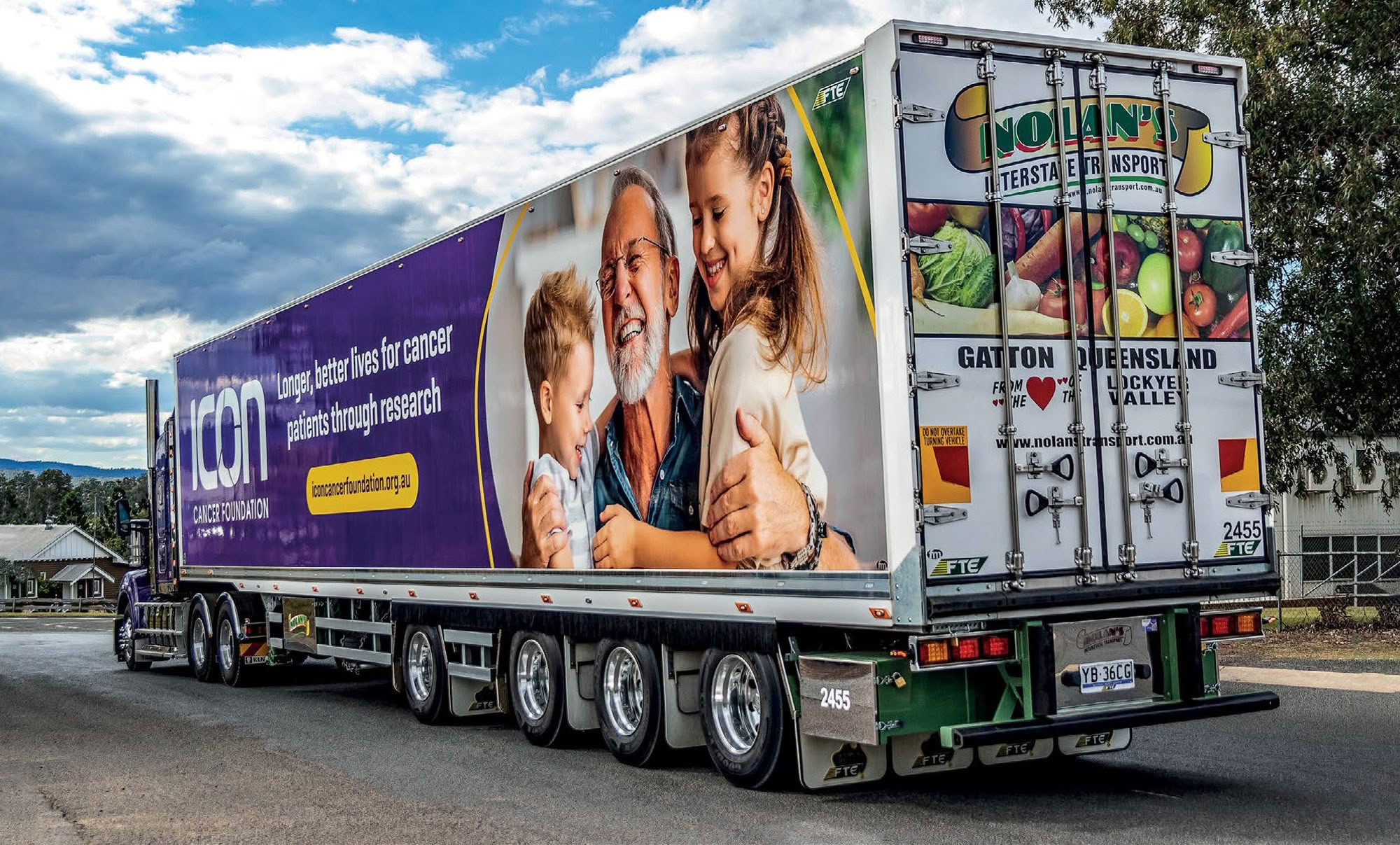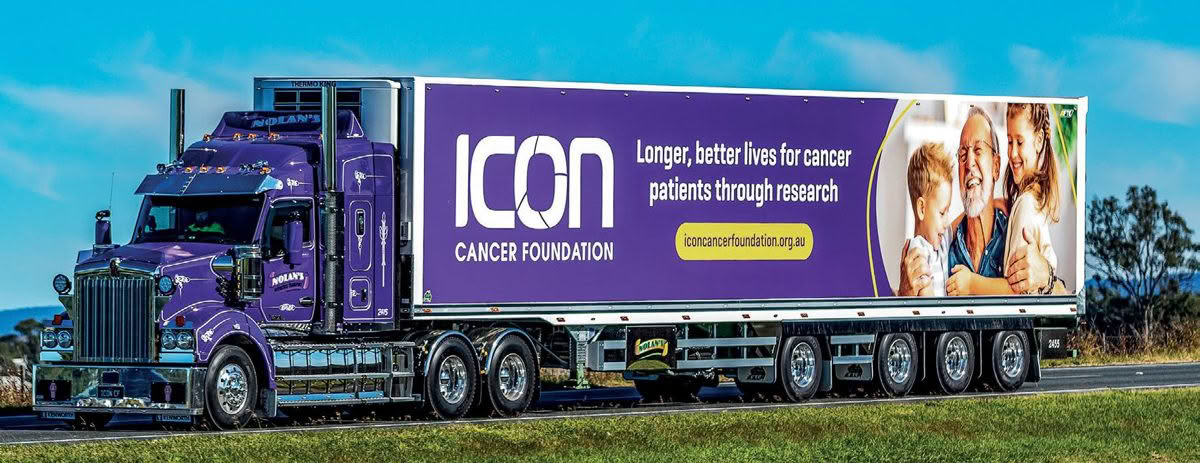
In the competitive world of road freight transport, fleet operators are constantly seeking innovative solutions to reduce costs and maximise payload capacity. It has led to increased pressure on trailer manufacturers to push the boundaries of design and offer solutions that meet these evolving requirements. One such groundbreaking innovation is FTE’s belly axle and tri-axle, 28-pallet van … commonly known as the split quad.
Driven by insatiable demand from fleet operators to maximise payload capacity within regulatory weight limits and motivated by increasing pressure to reduce the number of trips, fuel consumption and carbon footprint, increasing the load that fleets can transport per trip becomes crucial. The FTE split-quad configuration, a combined belly axle and tri- axle setup, allows for increased payload.
But as FTE national sales director Jason Cunningham explains, it’s not simply a matter of adding an extra axle to a standard tri-axle trailer and making it a few metres longer. There is much more to the design.
“The split-quad concept is strictly a PBS [Performance Based Standards] vehicle,” Jason begins. “Split quads can only operate on the PBS network, so the payload advantage an operator will achieve above a conventional tri-axle trailer is based on the PBS route they operate.”
Despite this, the split quad offers other benefits, he adds. “They are perfect around Sydney because of their swept- path advantage, especially up narrow streets, and even more so when you compare them to a B-double. Drivers love them, too, because, unlike a B-double, there is no unhooking to make deliveries, and there is less chance of dropping trailers.”

Split-quad design
“The way to describe the split quad is essentially two axle groups,” Jason explains. “The ‘belly axle’ refers to an axle placed centrally under the trailer, while the ’tri-axle group’ consists of the traditional three axles at the rear. The allowable mass over the tri-axle group is 22.5 tonnes with a further nine tonnes over the single belly axle to give a total of 31.5 tonnes over the trailer, in theory,” Jason says.
“We say ‘in theory’ because the final allowable weight depends on the PBS permit the operator obtains.”
To better understand the split-quad concept’s payload advantage, it’s worth noting that a closed quad-axle group has a permissible mass allowance of 27 tonnes.
The BPW belly axle has its own height control valve. When running empty, it rises off the ground and automatically lowers when it senses a load. It is also steerable.
When the split-quad trailer takes a corner, the wheels of the self-steer axle turn in their natural direction of travel. This self-steering function ensures the wheels turn to follow the corner’s radius, enhancing manoeuvrability and reducing the risk of accidents. A compression spring is housed at the top of the steering knuckle, ensuring the wheels return into a straight line when travelling forward. At the bottom of the steering knuckle are two wave-pressure thrust washers. When the vehicle goes around a corner, these wave-pressure thrust washers open up and move along each other, thereby compressing the top-mounted compression spring. The BPW self-steer axle operates without the need for power-assisted stabilisers. The steering angle is set according to the load and controlled mechanically.
Nolan’s Interstate Transport director, Adrian ‘Flea’ Nolan, cites the FTE split quads as exceptional performers for the company’s intended application.
“We’ve got a dozen of them now,” Flea says. They predominantly run from our Gatton and Brisbane depots into Sydney. They have a distinct manoeuvrability advantage over B-doubles around the narrow streets of Sydney. Turnaround times for loading and unloading split quads have also significantly improved. They’re eliminating our B-double movements around Sydney without compromising on tare weight, length and pallet spacing. But we send our larger roadtrain and B-double combinations on the longer hauls.
“One significant advantage we’ve found is that they help us retain our older drivers,” Flea adds. “B-doubles are a little harder on our older drivers; they prefer towing single trailers, which helps keep them on the road longer.”

T610SAR and split-quad trailer is proving to be a winning PBS combination.
At the head
Key to the T610SAR’s suitability for hauling PBS split-quad trailers is its set-forward front axle. This feature improves weight distribution across the vehicle, enhancing stability and enabling higher payloads. Combined with the Kenworth eight-bag suspension systems, the T610SAR provides a smooth ride even under the strain of substantial loads. This capability is significant for operators of PBS split-quad trailers, which can legally carry significantly heavier and longer loads than conventional configurations.
What makes this truck tick and deliver exceptional fuel economy is the result of a joint venture between Cummins and Eaton, which they like to call the ‘SmartAdvantage’. It’s a combination of the X-15 Cummins set at 447kW (600hp), delivering a peak torque of 2800Nm (2050lb/ ft) coupled to an 18-speed AMT. The ‘SmartAdvantage’ powertrain uses a small step- overdrive transmission that allows fleets to choose the best ratio for their application, cruise speed and terrain.
But the new low-speed features make the Ultrashift Plus better suited for vocational applications like split-quad tasks, where low- speed manoeuvrability around tight urban streets is all part of the day’s work.
Until now, most AMTs on the market, regardless of brand, have been too aggressive at low speeds. Drivers have often had a hard time metering subtle inputs into the accelerator and found it hard to maintain a consistent, manageable low speed when backing to connect a trailer.
What’s now called the ’blended pedal’ system uses a new way of controlling the transmission to counter this problem. Traditionally, when drivers depress the accelerator pedal, they boost the air-fuel mixture into the combustion chamber to increase horsepower. But now, with the new Ultrashift Plus, up to 50% of initial throttle input controls transmission clutch actuation. This allows drivers to fine-tune low speeds and easily maintain them to meet specific tasks.
Another big advantage for Nolan’s is the T610SAR’s versatility. It is rated up to 90 tonnes, which enables it to tow B-double and roadtrain combinations.
Kenworth’s EBSS safety package is founded on the proven Bendix ABS-6 advanced anti-lock braking system and complies with stringent PBS requirements. It also incorporates ESP software that Kenworth has explicitly calibrated for its model range and Australia’s unique operating environment and applications. EBSS includes several safety features, including ABS, drag torque control, traction control and ESP.
The fuchsia nebula paint scheme of the Icon Cancer Foundation stands out against Nolan’s regular fleet colours – and it’s all for a good cause.
Supporting the Icon Cancer Foundation
The lavish fuchsia nebula paint scheme adorning the FTE split quad and Kenworth T610SAR is a mobile billboard for the Icon Cancer Foundation. The Nolan family knows all too well the devastating impact cancer can have. In 2014, then-owner and founder Terry Nolan lost his seven-year battle with renal cell cancer. After Terry’s passing, his sons, Darren and Adrian, took over management roles.
Both Terry and Darren underwent treatment at Icon Cancer Centre. Terry was a research patient on a clinical trial during his treatment and was a generous supporter of the foundation. Now, Terry’s family is continuing that legacy.
“As a family, we wanted to give back to an organisation that has helped us and others. Terry never felt like he was just another number, and everyone at Icon was extremely caring during his cancer treatment,” Flea says.
Icon Cancer Foundation is a not-for-profit charity that funds vital cancer research through its partnership with Icon Cancer Centre’s national network of doctors and healthcare professionals.
Read more
Running north
0 Comments13 Minutes
Changing the Game
0 Comments10 Minutes








